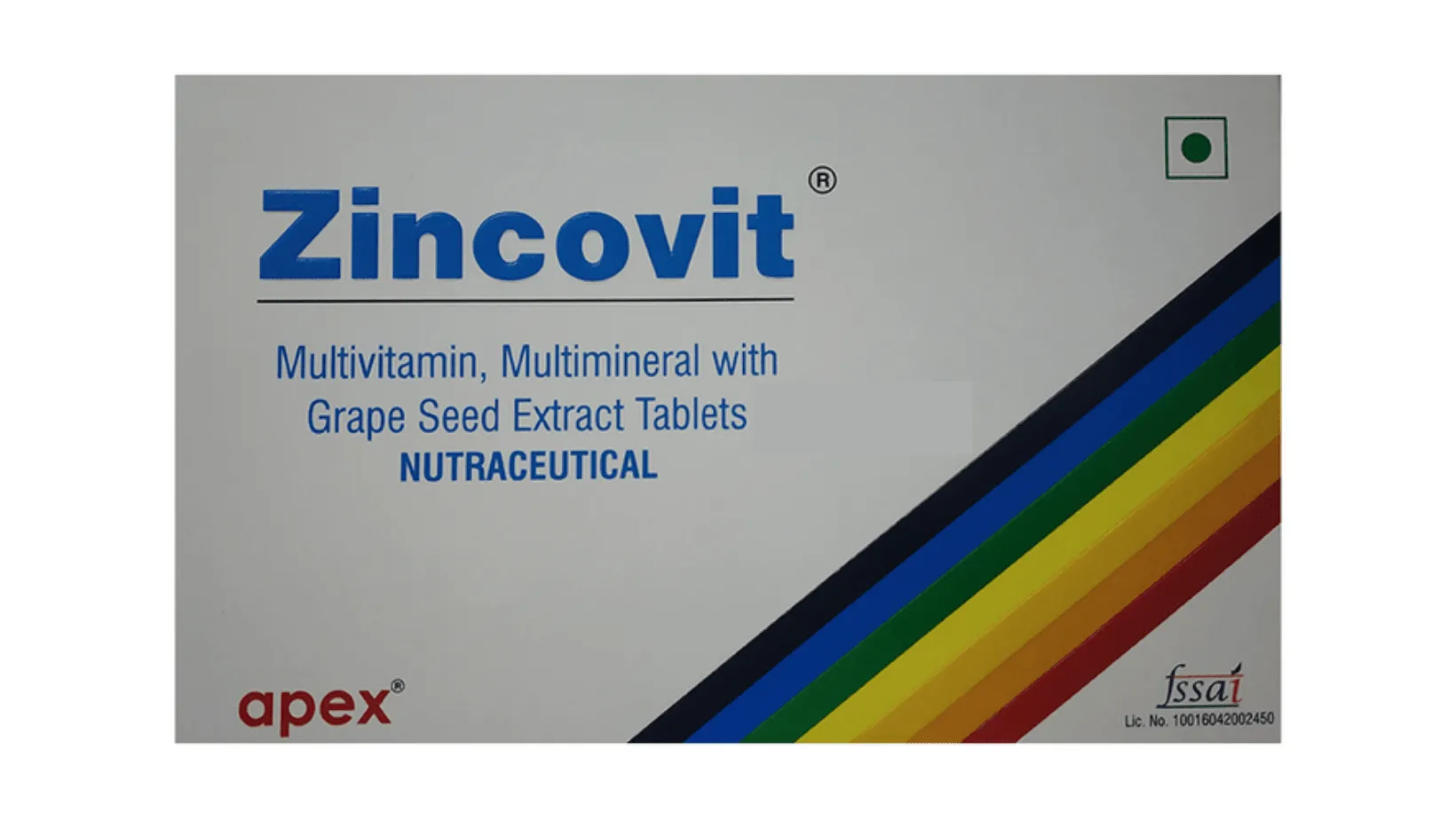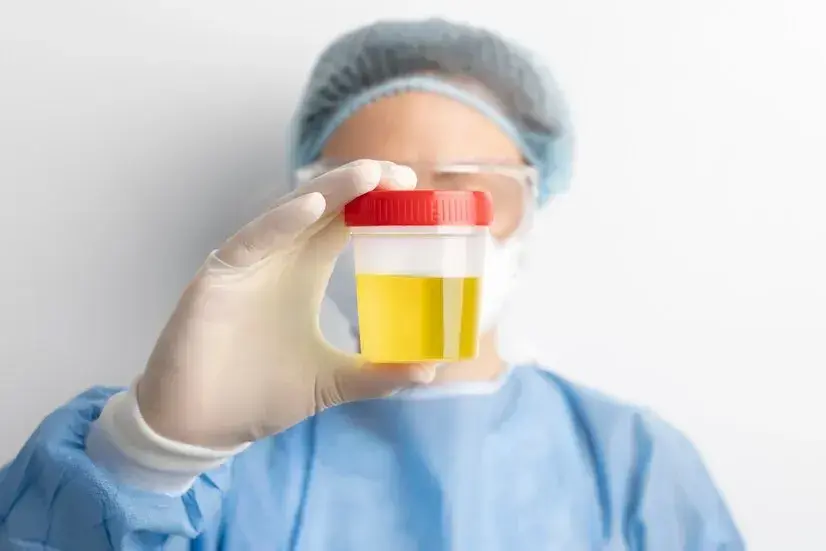Overactive bladder (OAB) is a common condition characterised by a frequent, sudden urge to urinate, often accompanied by incontinence. It can significantly impact one's quality of life, but with appropriate management, individuals can lead a relatively normal life.
This article explores various strategies for managing OAB, including lifestyle modifications, medications, and therapies.
Understanding Overactive Bladder
Before delving into management strategies, it's essential to understand what OAB is. It involves an overactive detrusor muscle, which controls the bladder.
Symptoms typically include urgency, frequency, nocturia (night-time urination), and urgency incontinence. These symptoms can be embarrassing and inconvenient, impacting daily activities and sleep patterns.
Lifestyle Modifications
Lifestyle changes are often the first line of defence against OAB symptoms. They are non-invasive and can be highly effective.
Diet and Fluid Management
Certain foods and drinks can exacerbate OAB symptoms. Caffeine, alcohol, spicy foods, and acidic foods can irritate the bladder. It's advisable to reduce or eliminate these from your diet. Hydration is crucial, but balancing fluid intake to avoid excessive urination is equally important.
Bladder Training
Bladder training involves gradually increasing the time between bathroom visits. This method helps to retrain the bladder to hold urine for longer periods.
Pelvic Floor Exercises
Strengthening the pelvic floor muscles through exercises like Kegels can help improve bladder control. These exercises are simple and can be done anywhere.
Weight Management
Excess weight can put additional pressure on the bladder. Losing weight through a healthy diet and regular exercise can alleviate some OAB symptoms.
Medical Interventions
When lifestyle changes aren't enough, medical interventions can be considered.
Medications
Several medications are available for managing OAB. Anticholinergics are commonly prescribed to relax the bladder muscle. However, they can have side effects like dry mouth and constipation. Newer medications like Mirabegron work by relaxing the bladder muscle in a different way, often with fewer side effects.
Botox Injections
Botulinum toxin (Botox) injections into the bladder muscle can be effective for those who don't respond to oral medications. This treatment relaxes the bladder, increasing its storage capacity.
Nerve Stimulation Therapies
Sacral nerve stimulation and percutaneous tibial nerve stimulation are therapies that involve stimulating nerves to improve bladder control. These methods can be particularly effective for those who have not found relief through other treatments.
Holistic and Alternative Therapies
Some individuals may find relief through alternative therapies.
Acupuncture
Acupuncture can help in managing the symptoms of OAB by targeting specific points in the body to improve bladder control.
Herbal Remedies
Certain herbal remedies, like pumpkin seed extract and capsaicin, have shown potential in managing OAB symptoms. However, it's essential to consult a healthcare professional before trying these remedies.
Yoga and Mindfulness
Yoga and mindfulness exercises can help reduce stress, which may exacerbate OAB symptoms. These practices also strengthen the pelvic floor muscles.
Professional Support and Resources
It's crucial to seek professional help for OAB. Urology clinics like the Urocare clinic offer specialised care and can tailor a treatment plan to individual needs. Support groups and online resources can also provide valuable information and emotional support.
Conclusion
Overactive bladder is a challenging condition, but it's manageable with the right combination of lifestyle changes, medical treatments, and therapies. It's essential to work closely with healthcare professionals to find the most effective treatment plan.
With patience and perseverance, individuals with OAB can regain control over their bladder and improve their quality of life.
Reviewed by







